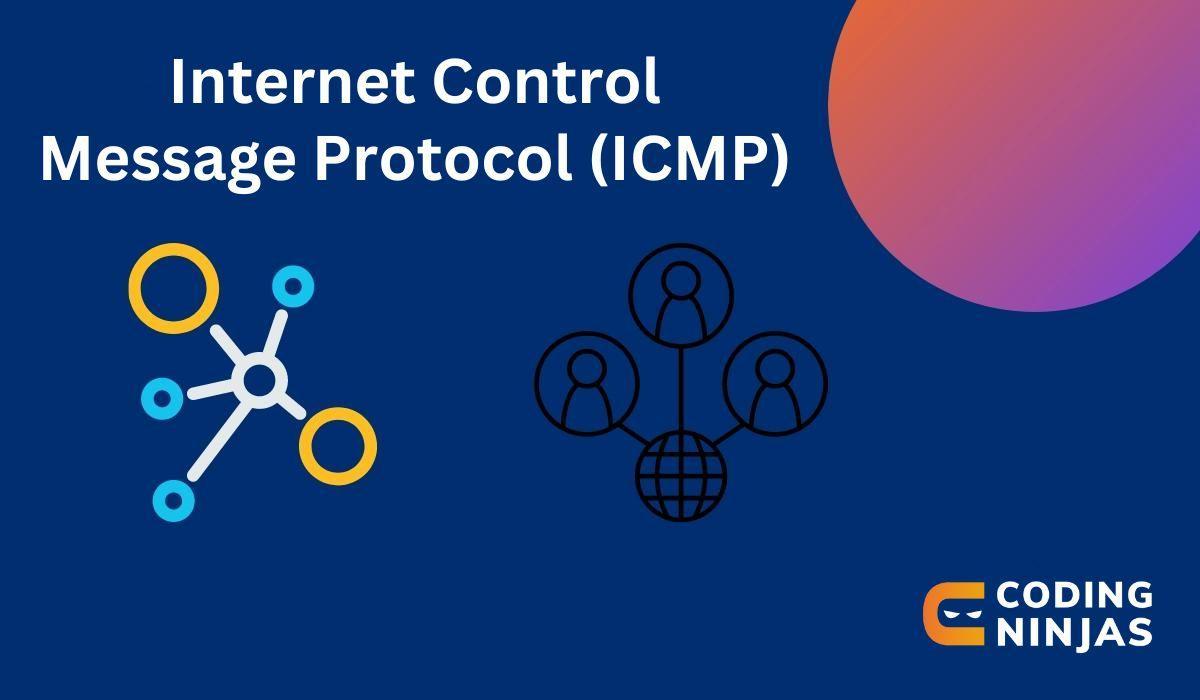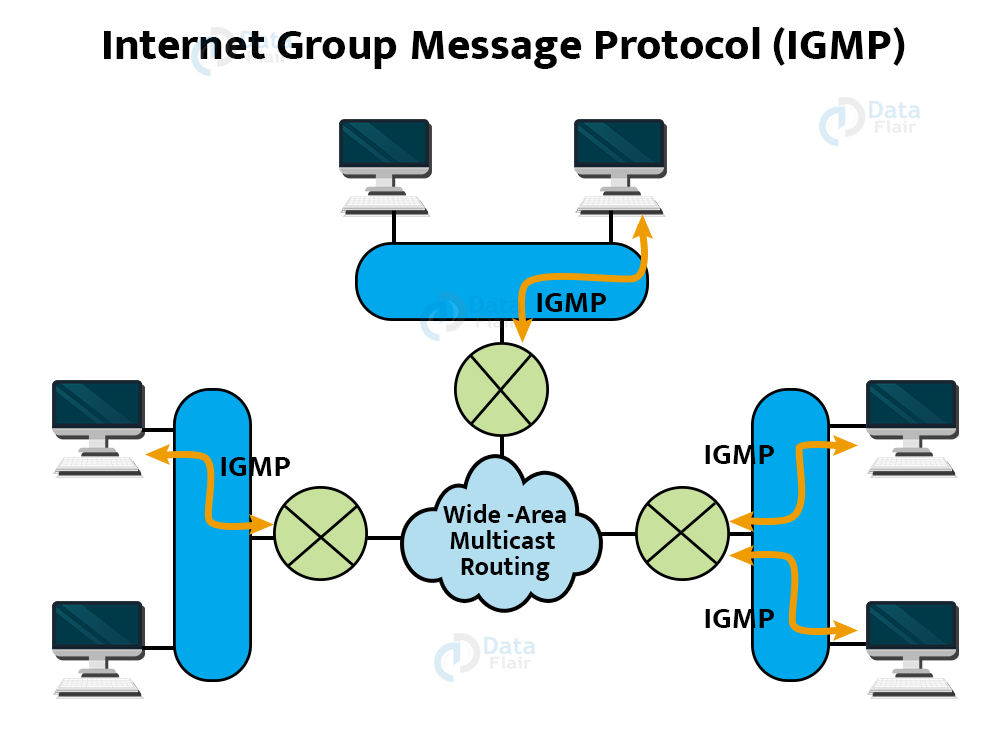Have you ever paused to consider the intricate dance of data happening behind the scenes every time you use an app like TikTok? The seemingly innocuous string "bytedance:\/\/dispatch_message\/" actually represents a cornerstone of Bytedance's internal communication infrastructure, a system that ensures seamless operation across its sprawling digital empire.
This seemingly cryptic protocol is, in fact, a key element in the larger tapestry of inter-application communication within Bytedance. Understanding its function provides a glimpse into the sophisticated architecture that supports the company's popular platforms.
| Aspect | Details |
|---|---|
| Protocol Name | bytedance://dispatch_message/ |
| Function | Internal messaging system within Bytedance applications |
| Purpose | Facilitates communication between different components of Bytedance's ecosystem |
| Data Transfer | Transmits commands and data payloads |
| Security Measures | Requires secure protocols like SSL/TLS and robust authentication/authorization mechanisms |
| Related Technology | Message bus architecture |
| Endianness | Potentially uses little-endian architecture (common in Intel CPUs) |
| External Security Recommendation | Gitee recommends using personal access tokens instead of login passwords for repository operations |
| Performance Boost | Can be significantly accelerated using technologies like Libtpa, a DPDK-based userspace TCP stack |
| Android WebView Implications | Potentially interacts with Android WebView components, particularly in applications using the Tencent X5 browser core |
For those who follow the evolution of digital communication methods and the ever-increasing torrent of data that flows across networks, the term "bytedance://dispatch_message/" may have flickered across their radar. Its presence underscores the importance of efficient and reliable data transfer mechanisms in modern applications.
- Time Stop Device Myth Or Reality Unproven Theories
- Carrie Underwood Mike Fisher A Love Story Family Life
The inherent nature of the protocol suggests a carefully engineered system operating beneath the surface of Bytedance's applications. The term "dispatch_message" itself points to a system specifically designed to transmit commands or data packets between distinct modules within the application's architecture. This highlights a modular design philosophy, where individual components can operate semi-autonomously and communicate via a central messaging system.
The functionality implied by "dispatch_message" reveals a sophisticated underlying system. The "dispatch" aspect suggests a routing mechanism, ensuring messages reach their intended recipient within the Bytedance ecosystem. This could involve complex addressing schemes and message queuing to manage the flow of information, especially during periods of high traffic.
Furthermore, the reliable transmission of messages is paramount. Error handling, message acknowledgements, and retransmission mechanisms are likely incorporated to guarantee that commands and data payloads are delivered accurately, even in the face of network instability or component failures. This robustness is critical for maintaining the integrity of the application and ensuring a consistent user experience.
- Kannada Thriller Beega More Suspense Movies Youll Love
- Movierulz Legal Alternatives Watch Telugu Movies Online
Message bus architecture, a concept central to understanding "dispatch_message," involves a dedicated communication channel through which various components of a system can exchange information. This model offers several advantages, including decoupling components, simplifying development, and improving maintainability. By isolating communication logic within the message bus, developers can modify or replace individual components without affecting the rest of the system.
The implementation of a message bus often involves a message broker, a central entity responsible for routing messages between senders and receivers. The message broker may also provide additional features such as message filtering, transformation, and persistence. Popular message brokers include RabbitMQ, Kafka, and ActiveMQ. The choice of message broker depends on the specific requirements of the application, such as throughput, latency, and reliability.
Security is a crucial consideration in message bus architecture. Sensitive information transmitted over the message bus must be protected from unauthorized access. Secure protocols such as SSL and TLS should be used to encrypt message transmissions. Authentication and authorization mechanisms should be implemented to control access to the messaging system. These measures ensure that only authorized components can send and receive messages.
Beyond the architectural considerations, the actual format of the messages transmitted via "dispatch_message" is significant. The structure and encoding of the data payloads determine how effectively information can be exchanged between components. Standardized data formats, such as JSON or Protocol Buffers, are often used to ensure interoperability and simplify parsing.
Endianness, the order in which bytes are arranged in computer memory, can also play a role in message transmission. Big-endian and little-endian are the two primary endianness schemes. In big-endian systems, the most significant byte is stored first, while in little-endian systems, the least significant byte is stored first. While big-endian is sometimes referred to as network byte order, Intel CPUs and many others today use little-endian. This difference must be taken into account when exchanging data between systems with different endianness.
The security of any system relying on inter-application communication is paramount, and Bytedance is no exception. Gitee, a popular platform for software development and version control, emphasizes the importance of robust authentication methods. For cloning, pushing, and other operations, Gitee recommends configuring and using personal access tokens rather than relying solely on login passwords. This added layer of security helps prevent unauthorized access to sensitive code and data.
Performance optimization is another key aspect of message handling. Technologies like Libtpa (Transport Protocol Acceleration) can significantly enhance the speed and efficiency of data transfer. Libtpa is a DPDK-based userspace TCP stack implementation that bypasses the operating system kernel, reducing overhead and improving performance. In benchmark tests, Libtpa has been shown to boost Redis performance by more than five times, increasing requests per second (RPS) from 0.21 million to 1.14 million.
The principles behind "dispatch_message" aren't unique to Bytedance. Many other companies employ similar internal protocols for inter-application communication. These protocols often share common characteristics, such as message queuing, routing, and security features. The specific implementation details, however, may vary depending on the company's infrastructure and requirements.
Considering the international scope of Bytedance's operations, and its heavy presence in the Chinese market, it's important to understand how these systems work in that context. The following is translated from Chinese, providing a deeper technical understanding:
:GetMessage long DispatchMessage( const MSG lpmsg); lpmsgMSG
(Function Description: Sends a message to the window procedure. The sent message is usually obtained by the GetMessage function. Function prototype: long DispatchMessage( const MSG lpmsg); Parameters: lpmsg: A pointer to a MSG structure containing the message.)
The description reinforces the concept of message dispatch as a fundamental mechanism for inter-process communication. The MSG structure likely contains information about the message type, data, and destination window. This information is used by the DispatchMessage function to route the message to the appropriate recipient.
Further elaborating on this concept, and again from Chinese technical documentation:
:GetMessage long DispatchMessage( const MSG lpmsg); lpmsgMSG
(Function Description: Sends a message to the window procedure. The sent message is usually obtained by the GetMessage function. Function prototype: long DispatchMessage( const MSG lpmsg); Parameters: lpmsg: A pointer to a MSG structure containing the message.)
This emphasizes the role of "dispatch_message" in facilitating communication between different parts of the system, much like how windows applications communicate with each other by dispatching messages to their appropriate window procedure.
Sometimes, these custom URL schemes can lead to errors. For example, the error message "Failed to launch xxx because the scheme does not have a registered handler" indicates that the system is unable to find an application associated with the specified URL scheme. This can occur if the application is not installed or if the URL scheme is not properly registered with the operating system.
A user on macOS Mojave 10.14.6 reported an issue with Coda, a web development application. When opening a configured site, a dialog box frequently appeared stating that no application was set to open the URL. The user suspected that URL schemes were attempting to open specific apps, but the apps were not installed on their Mac, causing the error.
This highlights a potential issue with relying on custom URL schemes for inter-application communication. If the target application is not available or if the URL scheme is not properly configured, errors can occur. A more robust approach would involve using standardized communication protocols or providing fallback mechanisms.
In the context of Douyin (TikTok's Chinese counterpart), mini-programs require specific permissions to access user data and features. From Chinese documentation:
scope> > >>
(Provides the ability for mini-programs to obtain Douyin permissions, displaying the Douyin permission authorization pop-up. Before using the interface, in addition to creating fan groups, other scopes require the mini-program owner to go to the "Douyin Open Platform Console" > Application Details > "Capabilities" > "User Data Capabilities" > "Douyin Account Data" page to apply for the permissions required by the mini-program.)
This further indicates the existence of internal mechanisms to handle application's permissions and access to functionalities in a way that's secure and user-aware.
A common issue encountered during development is related to incorrect configurations in the `launch.json` file. As illustrated in the documentation:
launch.jsonadd configuration programcmakelist, cmakelist, test_, cmaketest_
(As shown in the figure, it is generally due to the launch.json file not being configured properly. In the lower right corner, if you select the second login in add configuration: See the program column, this column is very important, generally choose your cmakelist, the executable file compiled out. See my cmakelist, the executable file I generated is test_, so the path can be entered like this: I already have the test_ file when I cmake before. Then you can run it.)
This highlights the importance of proper configuration files for debugging and launching applications, pointing that it may result in unexpected behavior and errors if not correctly set.
Another common problem that developers face is with Jenkins, the popular automation server. When a Jenkins administrator account displays the error message "Login information invalid, please try again," the following steps can be taken to resolve the issue:
Jenkins \\jenkins\\secrets\initialAdminPassword \\jenkins\\users\\admin config.xml admin \\jenkins
(Solution to the Jenkins administrator account "Login information invalid, please try again" There was no problem when it was first installed. Go to \\jenkins\\secrets\ and find the initialAdminPassword file. Enter the password inside. After a while, you cannot log in. At this time, you can go to \\jenkins\\users\\admin This directory to find config.xml You can see that the username inside is admin, and the password is still \\jenkins)
The solution involves retrieving the initial administrator password from the `initialAdminPassword` file or inspecting the `config.xml` file in the `admin` user directory. This provides insights into how Jenkins stores user credentials and how to troubleshoot login issues.
Finally, in the context of Android development, specifically when working with the Tencent X5 browser core within a WebView, the `shouldOverrideUrlLoading` method plays a crucial role in handling URL navigation. The following describes a scenario related to Android development with tbs_sdk_thirdapp_44085_update:
Android tbs_sdk_thirdapp_44085_update webview tencent x5browser shouldOverrideUrlLoading android
(Android tbs_sdk_thirdapp_44085_update webview tencent X5 browser core, shouldOverrideUrlLoading test code android)
This highlights the importance of `shouldOverrideUrlLoading` in intercepting and handling URL loading events within a WebView, allowing developers to customize navigation behavior and potentially integrate with other applications or services.
In conclusion, the "bytedance:\/\/dispatch_message\/" protocol, while seemingly obscure, reveals a complex ecosystem of inter-application communication. Its functionality, security considerations, and performance optimizations underscore the challenges and solutions involved in building large-scale distributed systems. From message bus architecture to endianness considerations and the use of specialized libraries like Libtpa, a deep understanding of these concepts is crucial for any developer working on modern applications.



Detail Author:
- Name : Gloria Mayer
- Username : cordell.ritchie
- Email : hudson64@gmail.com
- Birthdate : 1990-10-07
- Address : 813 Ramona Freeway Keirafort, NC 59711
- Phone : +1 (660) 739-5985
- Company : Hartmann LLC
- Job : Interaction Designer
- Bio : Numquam ducimus deserunt non voluptas repellendus. Iure cum dolores odio architecto repellat. Ut voluptatem libero odio rerum quaerat. Laborum qui nesciunt qui et eos eius.
Socials
facebook:
- url : https://facebook.com/glenda1615
- username : glenda1615
- bio : Laudantium sit tempora maiores earum cumque adipisci dolorem.
- followers : 6641
- following : 1517
tiktok:
- url : https://tiktok.com/@glenda2149
- username : glenda2149
- bio : Dolor quis optio illo tempore expedita cumque dicta.
- followers : 1241
- following : 1223